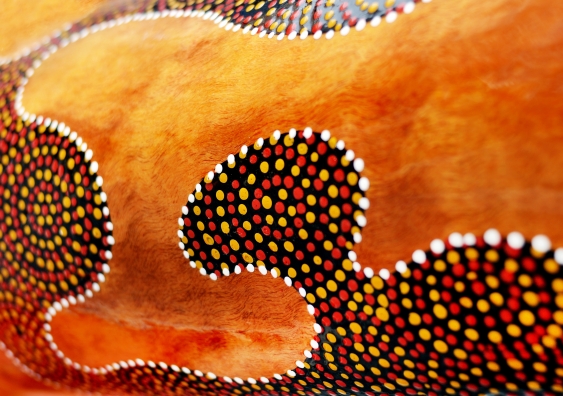Listening but not hearing: process has trumped substance in Indigenous affairs
Public policy no longer requires the imprimatur of the Aboriginal people; Aboriginal participation in the decisions taken about their lives is negligible, writes Megan Davis.


